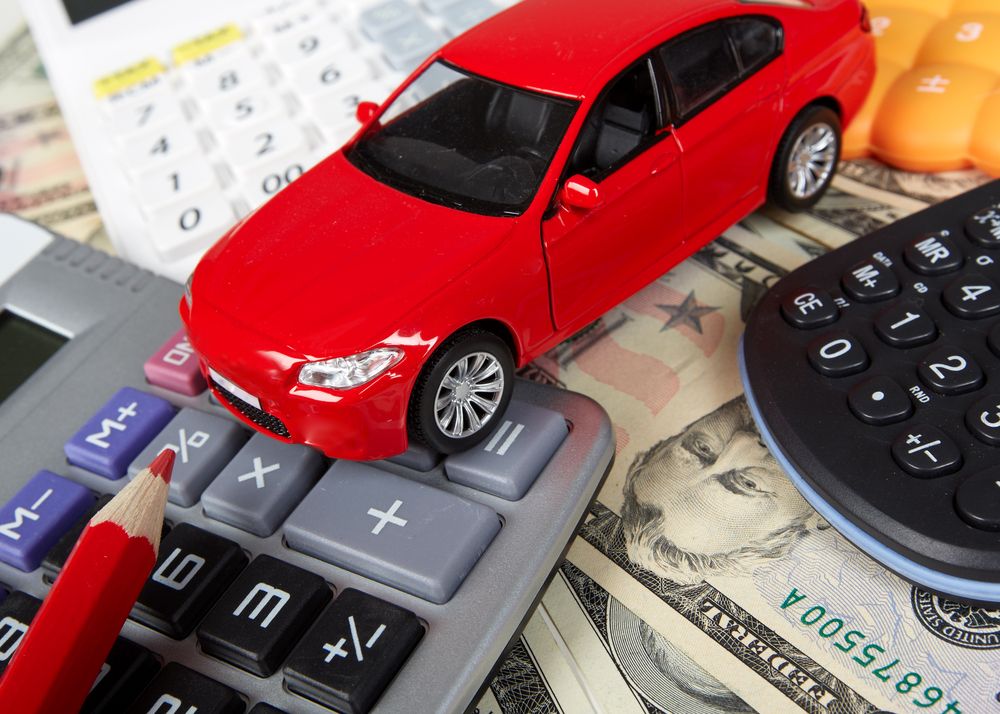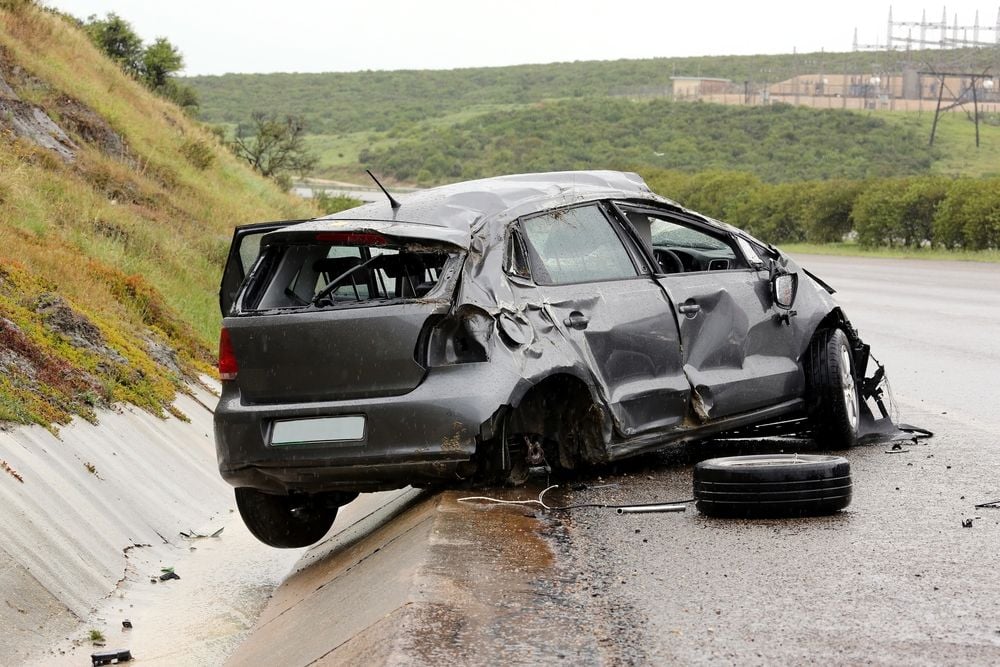Editor's note: This article first appeared on Insurance.comand is reprinted here with their permission. Click here for the original post.
|Average new vehicle finance terms have been steadily rising overtime.
|Experian Automotive reports the average new-car loanlasts 66 months, with a loan balance topping $28,000. Seven-yearloans aren't uncommon, and major lenders such as Ally Financial andToyota's lending arm now make 84-month loans.
|One New York credit union offers a 96-month loan.
|“During the last 10 to 12 years, people have been encouraged tofinance cars in different ways. The manufacturers are straining toget people into cars and that has resulted in a whole bunch oftrends that are very interesting,” says analyst Phil Reed ofEdmunds.com. “Automakers and manufacturers are always trying todrum it into people, ' Hey you can afford this car…' One thing Ihave learned is just because you are approved for a loan doesn'tmean you should take it.”
|Risk of financial disaster
|While the longer loans give you more time to pay, they alsoincrease the risk of financial disaster if the car is totaled orstolen.
|A broad rule of thumb is that cars depreciate 25% in the firstyear, lose half their value after three years and are worth abouttwo-thirds their purchase price at five years. But balances onlonger loans don't shrink as quickly, leaving drivers financiallyexposed.
|A $28,000 car bought with no down payment would be well “underwater” in the first year under almost any new-car loan, and in thered after three years on any loan longer than five years. On an84-month loan, you'd owe more than the car is worth for 60months.
|That's why it's wise to find out more about gap insurance.
|If your car is totaled or stolen and you owe more to your lenderthan it's worth, gap insurance kicks in. It pays the differencebetween the actual cash value of your car at the time of the loss,less your deductible, and any greater amount owed on the vehicle toa lien holder at the time of loss.
||
(Photo: Shutterstock.com)
|Should you buy gap insurance?
|Because you borrowed money to buy your car, your lender requiresthat you purchase full coverage—not just state-mandated liabilityinsurance, but collision and comprehensive coverages thatpay for damage to the car itself—to protect its investment.
|But no insurance company will ever pay you more than the car isworth if the vehicle is stolen or totaled.
|“You can and should hold out for the best offer you can fromyour insurance company,” says Des Toups, managing editor ofInsurance.com, “but in the end you'll get a number based on thecar's actual cash value, minus your deductible, the moment beforethe accident. What you owe isn't a factor.”
|The difference between those numbers is the gap you want tocover.
|Lease vehicles automatically carry gapcoverage
|“Gap insurance is really insuring the difference between theactual cash value on the vehicle and what you owe on the vehicle,”says a personal insurance representative from Travelers, noting theinsurance was born by lease vehicles that automatically carry gapcoverage.
|Travelers recommends new-car buyers look at gap coverage for atleast the first year if they have not made a down payment of atleast 20% of the car's out-the-door price.
|What you're aiming to cover, he says, is the period when thecombination of a deductible, a big unpaid balance to your lenderand the scramble to buy another car would spell financialdisaster.
||
(Photo: Shutterstock.com)
|What does gap insurance cost?
|Compare gap car insurance quotes before you buy yourcar. Yes, most auto dealerships offer gap insurance, but the costof the insurance may well be 50% higher than what you'd pay if yousecured it through your insurance agent, says veteran creditinsurance professional Scott Henderson of Corona Del Mar,Calif.
|“Prices [for the same policy] can range from $300 to $700,” hesays. “It's one of many things that [a consumer] should educatethemselves about before they go to the dealership. Many people havetheir first exposure to gap at the dealership.”
|You can buy gap coverage through many insurance companies, too.They often refer to it as loan/lease payoff coverage. Expect to pay5% to 6% of the combined annual cost of your comprehensive andcollision premiums. That is, if you pay $1,000 a year for comp andcollision, you pay an additional $50 to $60 a year for gapcoverage.
|Your bank or credit union may offer gap coverage as part of itsloan package.
|Lastly, there are stand-alone gap providers, such as GapDirect.
|In all cases, Toups says, check the conditions under which youare allowed to drop the gap coverage and whether you get a refundof the unearned premiums.
||
(Photo: Shutterstock.com)
|Reconsider gap at each renewal period
|How quickly the vehicle depreciates, the economy, the amount ofthe down payment and the specific coverage of the insurance policyare all important factors, says Nancy Smeltzer, a spokeswoman forNationwide.
|“A comparison of the vehicle's current value with any unpaidamount due on the loan or lease is a great place to start,” shesays. “Your insurance agent can also assist by reviewing thosevalues with you and helping to determine how long you shouldmaintain gap coverage.”
|Remember that most, but not all, gap insurance automaticallyends after a specific amount of time, for instance, five to sixyears, so you don't continue to pay for it when it is no longerneeded.
|Still, you may want to remove it even sooner, so talk to youragent about vehicle depreciation and your loan amount so you make awise decision, says Henderson.
|Read the fine print. It matters.
|To buy this gap, you must have collision coverage andcomprehensive coverage as part of your car insurance policy. (SeeInsurance.com's Auto Insurance Coverage Calculator andRecommendations.)
|Before gap kicks in to pay the difference to your lender, yourcar has to be declared a total loss and your insurance companyneeds to pay out first. If your gap policy doesn't cover yourdeductible, then you'd need to pay that, too.
|If someone else is at fault, gap still pays and under the sameconditions. You would not need to pay your deductible, though.
|Gap doesn't pay for anything except a total loss. It does notmake up missed payments and late fees if you lose your job, if youneed a rental car, or if the car is repossessed. It does not paythe rolled-over balance from any previous loan. It does not pay theunused balance of extended warranties.
|Additional reading
|How much car insurance do you need?
|||Want to continue reading?
Become a Free PropertyCasualty360 Digital Reader
Your access to unlimited PropertyCasualty360 content isn’t changing.
Once you are an ALM digital member, you’ll receive:
- All PropertyCasualty360.com news coverage, best practices, and in-depth analysis.
- Educational webcasts, resources from industry leaders, and informative newsletters.
- Other award-winning websites including BenefitsPRO.com and ThinkAdvisor.com.
Already have an account? Sign In
© 2024 ALM Global, LLC, All Rights Reserved. Request academic re-use from www.copyright.com. All other uses, submit a request to [email protected]. For more information visit Asset & Logo Licensing.








